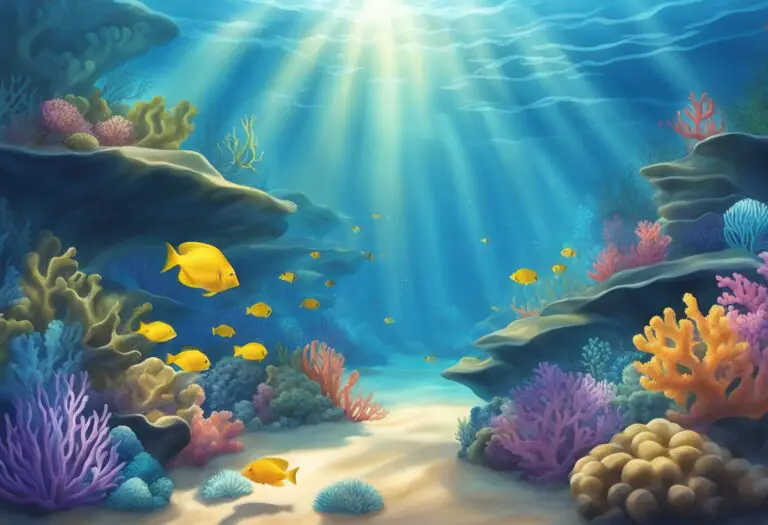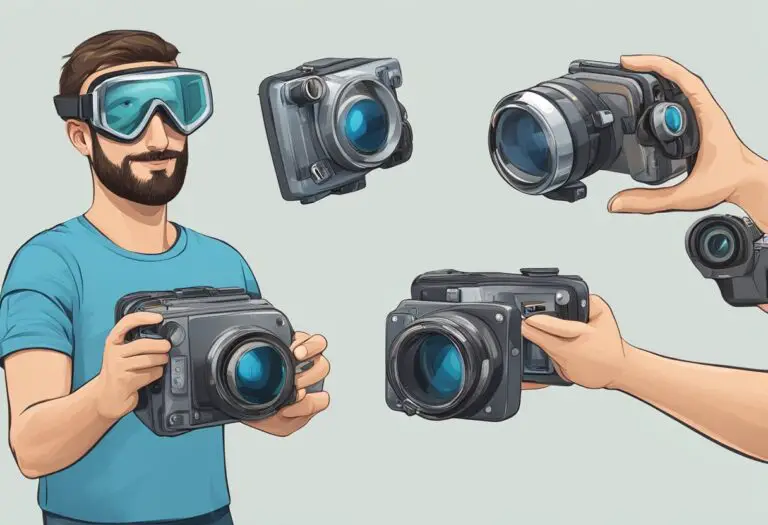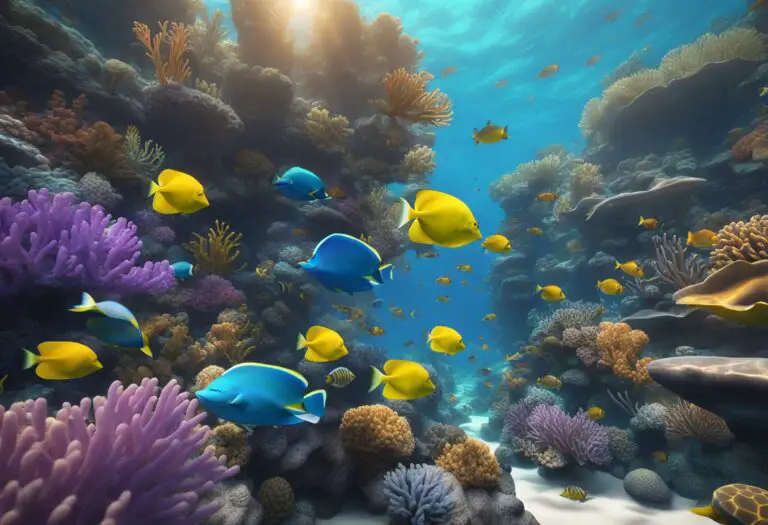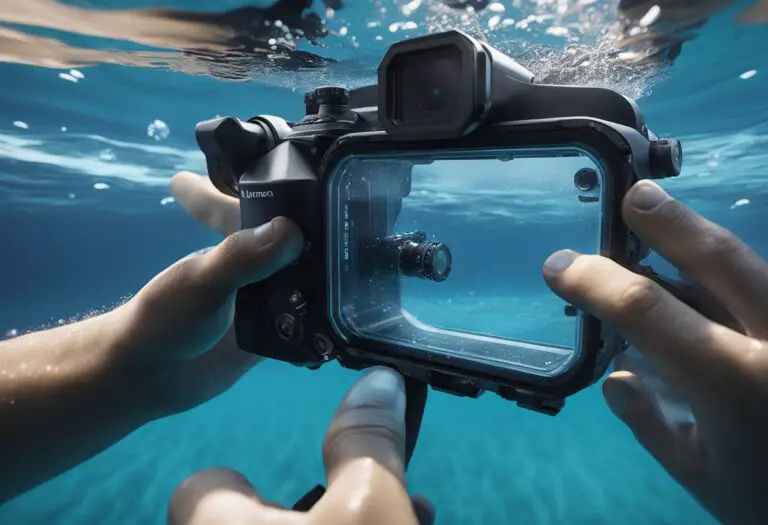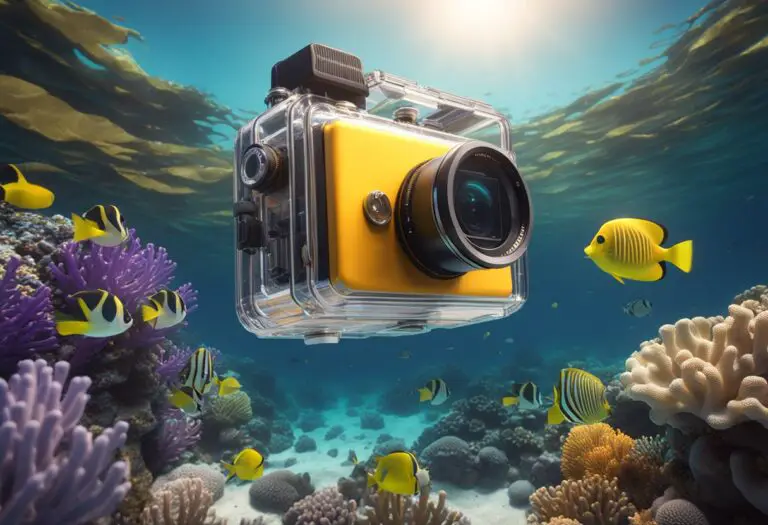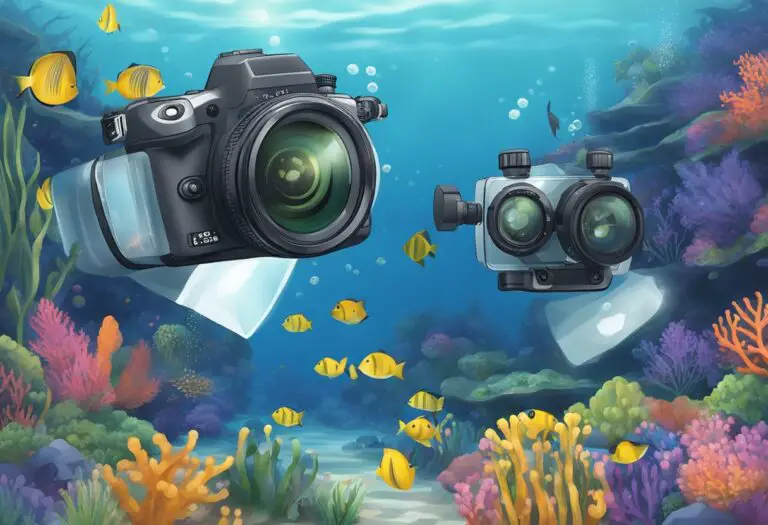What are the Best Settings for Capturing Vibrant Underwater Colors in Photography
Underwater photography is a fascinating art that requires a certain level of skill and knowledge to capture the beauty of the underwater world. One of the biggest challenges of underwater photography is capturing vibrant and true-to-life colors. The colors of the underwater world are unique, and capturing them accurately can be a challenge for even the most experienced photographers.
To capture vibrant underwater colors, it is essential to understand the ideal camera settings and techniques. The right settings can make a significant difference in the quality of your underwater photographs. Factors such as water clarity, depth, and lighting conditions can also impact the colors in your images. In this article, we will explore the ideal settings and techniques for capturing vibrant underwater colors in photography. Whether you are a beginner or an experienced underwater photographer, this guide will help you take your underwater photography skills to the next level.
Understanding Light in Underwater Photography
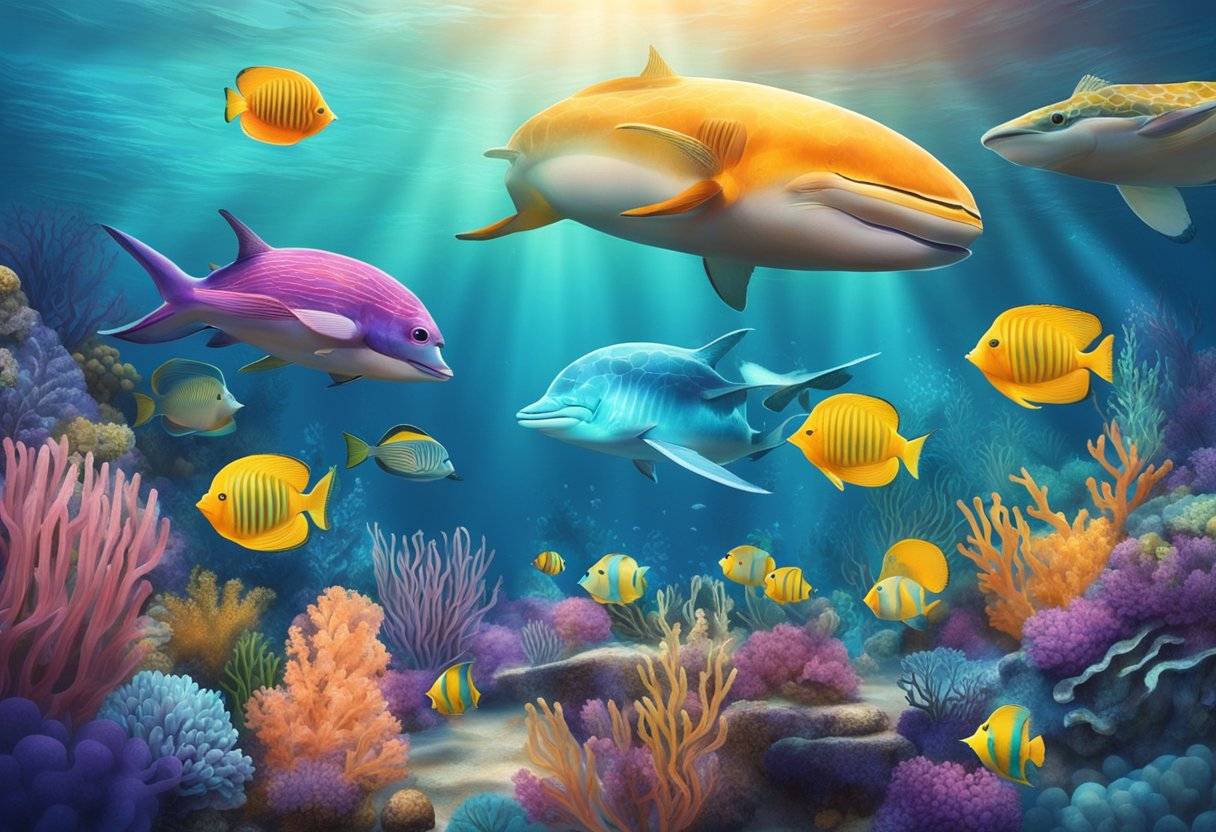
When it comes to underwater photography, understanding light is essential to capturing vibrant and colorful images. Light behaves differently in water than in air, and photographers must take this into account to achieve the desired results.
One of the key factors affecting light in underwater photography is the depth of the water. As a general rule, the deeper the water, the less light there is available. This means that photographers must use artificial light sources, such as strobes or video lights, to illuminate their subjects and bring out their colors.
Another important consideration is the color of the water. Water absorbs different colors of light at different rates, with blue light being absorbed the most quickly. This means that the deeper the water, the bluer everything will appear. To counteract this, photographers can use color-correction filters on their lenses to bring back the colors that are lost as light passes through the water.
Finally, the angle of the sun is also a crucial factor in underwater photography. The best time to take photos is when the sun is high in the sky and directly overhead, as this provides the most even and natural lighting. When the sun is lower in the sky, the light becomes more directional, which can create shadows and uneven lighting.
By understanding these factors and taking them into account, photographers can capture stunning and vibrant images that truly showcase the beauty of the underwater world.
Choosing the Right Equipment

When it comes to capturing vibrant underwater colors in photography, choosing the right equipment is crucial. Here are some factors to consider when selecting your gear:
Camera and Housing
The camera and housing are the most important pieces of equipment for underwater photography. A high-quality camera with a large sensor and a high resolution is recommended. A housing that is specifically designed for your camera is also necessary to ensure that it is properly protected and sealed against water damage.
Underwater Strobes and Lights
Underwater strobes and lights are essential for illuminating the subject and bringing out its natural colors. Strobes are used to freeze motion and add contrast, while lights are used to fill in shadows and enhance color. It is recommended to use at least two strobes or lights for optimal results.
Lens Selection
Choosing the right lens is also important for capturing vibrant underwater colors. Wide-angle lenses are ideal for capturing large subjects and scenes, while macro lenses are best for capturing small, detailed subjects such as corals and fish. It is recommended to use a lens with a low f-stop to allow more light into the camera and enhance the colors of the subject.
Overall, selecting the right equipment is crucial for capturing vibrant underwater colors in photography. By considering the camera and housing, underwater strobes and lights, and lens selection, photographers can achieve stunning and colorful underwater images.
Optimal Camera Settings
When it comes to capturing vibrant underwater colors in photography, choosing the right camera settings is crucial. Here are some optimal camera settings to consider:
White Balance and Color Temperature
White balance is an important camera setting that helps to ensure accurate color reproduction in your underwater photos. Underwater environments can often have a blue or green cast, which can be corrected by adjusting the white balance settings on your camera.
Color temperature is another important factor to consider when capturing vibrant underwater colors. A color temperature of around 5500K is ideal for underwater photography, as it helps to bring out the natural colors of the underwater world.
ISO and Shutter Speed
ISO and shutter speed are two important camera settings that can greatly affect the quality of your underwater photos. In low light conditions, increasing the ISO can help to brighten your images and reduce noise. However, be careful not to set the ISO too high, as this can result in grainy images.
Shutter speed is another important factor to consider when capturing underwater photos. A faster shutter speed can help to freeze motion and reduce blur, while a slower shutter speed can create a sense of motion and blur in your images.
Aperture and Depth of Field
Aperture and depth of field are two camera settings that can greatly affect the focus and sharpness of your underwater photos. A wider aperture (lower f-stop number) can create a shallow depth of field, which can help to isolate your subject and create a blurred background.
On the other hand, a narrower aperture (higher f-stop number) can create a greater depth of field, which can help to keep more of your image in focus. This can be particularly useful for capturing wide-angle shots of underwater landscapes.
By adjusting these camera settings, you can capture vibrant and stunning underwater photos that truly capture the beauty of the underwater world.
Composition Techniques for Vibrant Images
In addition to using the correct camera settings, composition techniques can greatly enhance the vibrancy of underwater images. Here are a few techniques to keep in mind:
- Get close to the subject: The closer you are to your subject, the less water there is between your camera and the subject. This reduces the amount of light that is scattered or absorbed by the water, resulting in more vibrant colors.
- Shoot at the right angle: Shooting at a downward angle can help to reduce the amount of water between your camera and the subject. This can help to reduce the amount of light that is scattered or absorbed by the water, resulting in more vibrant colors.
- Use natural light: Whenever possible, try to use natural light to illuminate your subject. This can help to bring out the natural colors of the subject, and can also help to create interesting shadows and textures.
- Use a color filter: Color filters can help to enhance the colors in your images by reducing the amount of light that is scattered or absorbed by the water. Blue filters, for example, can help to enhance the blue tones in your images, while red filters can help to enhance the red tones.
By incorporating these composition techniques into your underwater photography, you can greatly enhance the vibrancy of your images and create stunning works of art.
Post-Processing Tips for Enhancing Colors
After capturing images underwater, it is essential to enhance the colors during post-processing to bring out the vibrancy of the underwater world. Here are some tips for enhancing colors in underwater photography:
Adjust White Balance
One of the most effective ways to enhance colors in underwater photography is by adjusting the white balance. Water absorbs different colors of light at various depths, resulting in a blue or green tint to the images. Adjusting the white balance can help neutralize the color cast and bring out the natural colors of the subject.
Increase Saturation
Increasing saturation can make the colors of underwater images more vibrant and attractive. However, it is essential to use this technique with caution, as over-saturation can make the images look unrealistic. A subtle increase in saturation can help bring out the natural colors of the subject.
Use Contrast and Clarity
Using contrast and clarity can help enhance the details and colors of underwater images. Increasing contrast can help make the colors more vibrant, while clarity can help bring out the details of the subject. However, overusing these techniques can make the images look unnatural.
Use Filters
Using filters can help enhance the colors of underwater images by reducing the blue or green tint caused by the water. Red filters are ideal for shallow waters, while magenta filters are suitable for deeper waters. However, it is essential to use the correct filter for the depth and lighting conditions to avoid color cast issues.
By using these post-processing techniques, photographers can enhance the colors of underwater images and bring out the beauty of the underwater world.
Conclusion
Capturing vibrant underwater colors in photography requires careful consideration of various factors, including lighting, white balance, and camera settings. By following the guidelines discussed in this article, photographers can achieve stunning and lifelike images of the underwater world.
It is important to use a high-quality camera and lens, as well as underwater housing that is specifically designed for the camera. Additionally, photographers should experiment with different white balance settings to achieve the desired color tones in their images. The use of artificial lighting, such as strobes or video lights, can also greatly enhance the vibrancy of colors in underwater photography.
Overall, the key to capturing vibrant underwater colors is to be patient, creative, and persistent. With practice and experience, photographers can develop their skills and produce stunning images that showcase the beauty and diversity of the underwater world.


